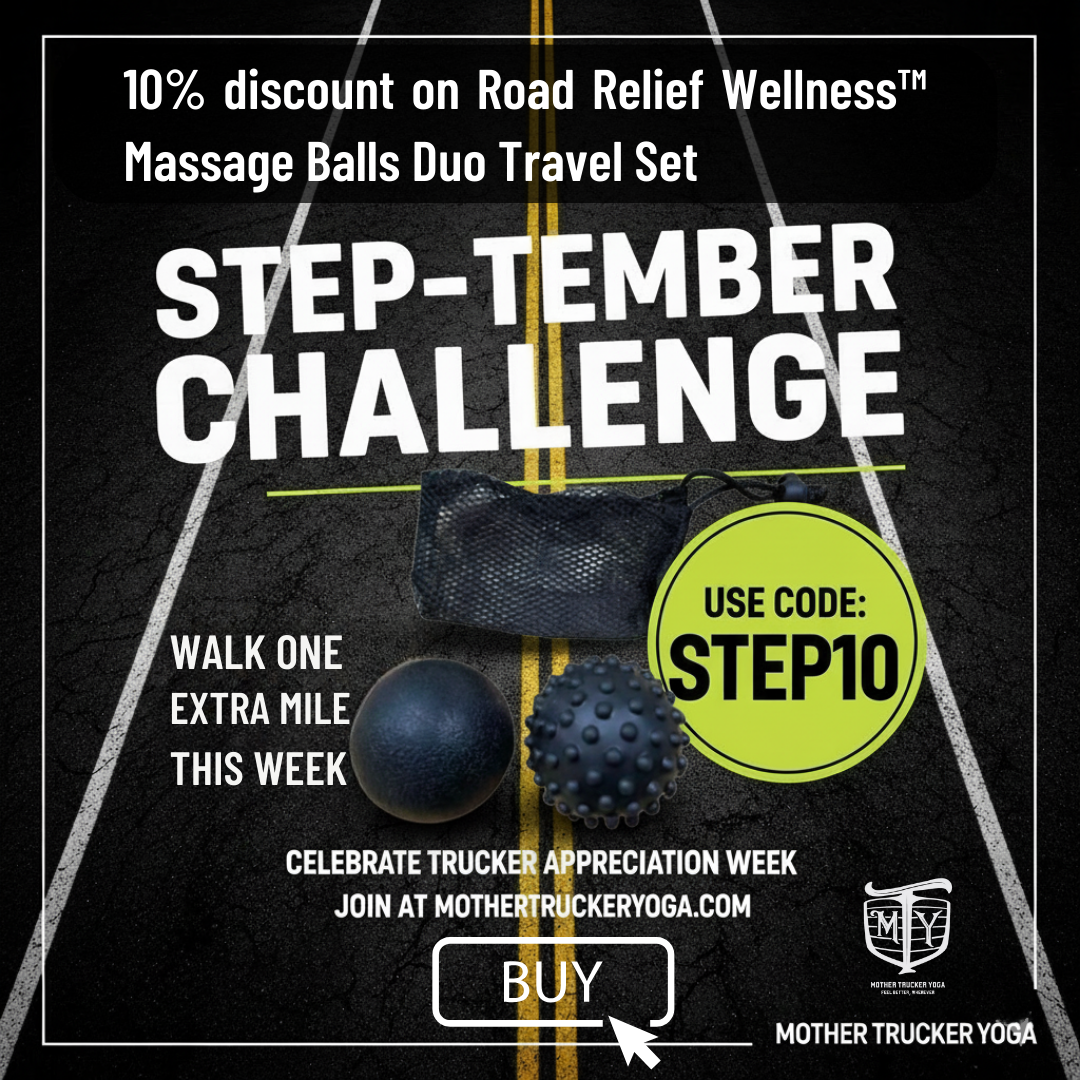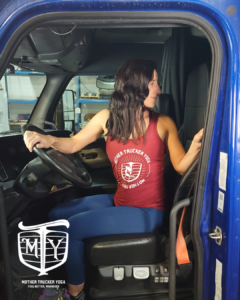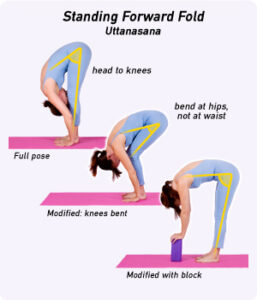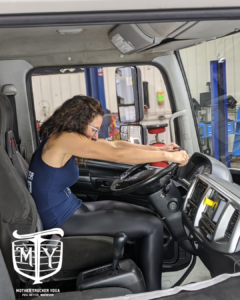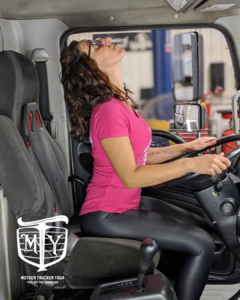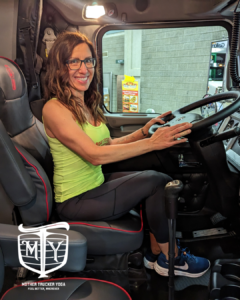Truck Driver Posture Fix: Simple Wall Exercises for Better Health on the Road
Truck Driver Posture Fix: Simple Wall Exercises for Better Health on the Road
When you think about trucking health, posture might not be the first thing that comes to mind. But here’s the truth: truck driver posture matters more than most realize. Sitting behind the wheel for hours at a time, leaning forward, or rounding the shoulders takes a toll on the spine, muscles, and even your energy.
If posture isn’t addressed first, every stretch or exercise you do afterward may simply reinforce poor alignment. That’s why focusing on posture is one of the most important steps you can take for your health as a driver.
What Happens When Posture Breaks Down
The effects of poor posture add up quickly, especially when you’re driving:
- Forward head posture puts strain on the neck and shoulders, leading to tension headaches and stiffness.
- Rounded shoulders reduce lung capacity and make breathing less efficient.
- Upper back and neck strain can trigger pain that radiates into the arms or cause numbness and tingling.
- Core weakness worsens because the body isn’t stacked in proper alignment.
Research shows that forward head posture can increase the weight load on your cervical spine by up to 60 pounds depending on the angle of the tilt. That’s like carrying an extra toddler around your neck all day — no wonder drivers feel sore.
The Benefits of Good Posture
When posture improves, everything else gets easier:
- Reduced muscle stiffness and joint pain
- Easier, more efficient breathing
- Better digestion and circulation
- Improved energy and focus
- More effective exercise and stretching
Good posture isn’t about being perfect. It’s about teaching your body to move and hold itself in alignment so everything else you do works better.
The Wall Cactus: A Driver’s Posture Reset
Here’s one of my favorite exercises you can do right now to start improving your posture:
Step One: Wall Cactus
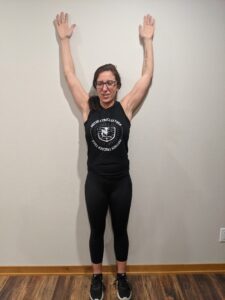
- Stand with your back against a wall (or the side of your truck).
- Place your heels at the baseboard or aligned with the truck.
- Lift your arms into a cactus position and press them against the wall.
- Keep your rib cage from popping forward.
- Slowly slide your arms upward without arching your back or letting your arms come off the wall.
- Return to 90 degrees and repeat 10 times slowly.
Step Two: Shoulder Rotations in Cactus Pose
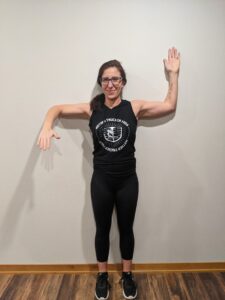
- Stay in cactus pose against the wall.
- Rotate one arm downward at the shoulder only, without letting the shoulder roll off the wall.
- Notice how far you can go, then return to cactus.
- Repeat on the opposite side.
- Perform 10 rotations per side.
These two exercises together strengthen your back, open your chest, and retrain your shoulders to stay aligned.
Why Truck Drivers Need This
Truck drivers spend hours seated, often with their hands forward on the wheel. Over time, this encourages rounded shoulders, tight chest muscles, and weak upper backs. The Wall Cactus series helps undo those patterns, creating balance so drivers can breathe easier, move more freely, and experience less pain.
Even just 5 minutes a day makes a difference.
Keep Building Better Posture
If you’re ready to take your posture (and your health) even further, my book Trucking Yoga: Simple Moves for the Road includes a step-by-step guide to good posture in both the driver’s seat and standing. It’s designed specifically for drivers, with practical tools you can use anytime, anywhere — no gym or fancy gear required.
👉 Check out the Trucking Yoga book here
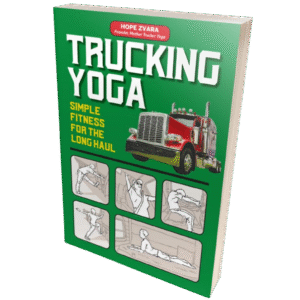
Remember: your posture is the foundation of your health. Small changes today can lead to big improvements tomorrow.
